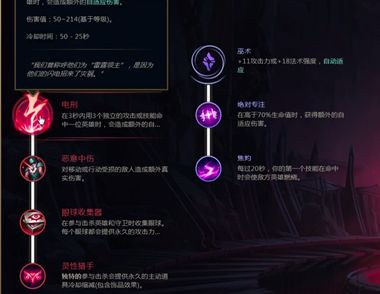equals与“==”操作符的比较
在这个颜值当道,屌丝闪边的时代,拼不过颜值拼内涵,只有知识丰富才能提升一个人的内在气质和修养,所谓人丑就要多学习,今天图老师给大家分享equals与“==”操作符的比较,希望可以对大家能有小小的帮助。
equals与"=="操作符的比较
--------------------------------------------------------------------------------
equals方法是Object类的一个方法,所有继续自Object类的类都会集成此方法,并且可以重载这个方法来实现各自的比较操作,而且jdk也正是推荐这种做法。所以开发人员尽可以在自己的类中实现自己的equals方法来完成自己特定的比较功能,所以各个类的equals方法与= =之间并没有绝对的关系,这要根据各自类中自己的实现情况来看。也就是说可能会有两种情况发生:equals方法和= =相同或者不相同。在多数情况下这两者的区别就是究竟是对对象的引用进行比较还是对对象的值进行比较(其他非凡情况此处不予考虑)。那么= =操作符是比较的什么呢?= =操作符是比较的对象的引用而不是对象的值。并且由下面的源代码可以看出在最初的Object对象中的equals方法是与= =操作符完成功能是相同的。
源码:
Java.lang.Object.equals()方法:
-------------------------------------------------------------
public boolean equalss(Object obj) {
return (this = = obj);
}
-------------------------------------------------------------
jdk文档中给出如下解释:
-------------------------------------------------------------
The equalss method implements an equivalence relation:
? It is reflexive: for any reference value x, x.equalss(x) should return true.
? It is symmetric: for any reference values x and y, x.equalss(y) should return true if and only if y.equalss(x) returns true.
? It is transitive: for any reference values x, y, and z, if x.equalss(y) returns true and y.equalss(z) returns true, then x.equalss(z) should return true.
? It is consistent: for any reference values x and y, multiple invocations of x.equalss(y) consistently return true or consistently return false, provided no information used in equalss comparisons on the object is modified.
? For any non-null reference value x, x.equalss(null) should return false.
The equalss method for class Object implements the most discriminating possible equivalence relation on objects; that is, for any reference values x and y, this method returns true if and only if x and y refer to the same object (x==y has the value true).
Note that it is generally necessary to override the hashCode method whenever this method is overridden, so as to maintain the general contract for the hashCode method, which states that equals objects must have equals hash codes.
-------------------------------------------------------------
由以上的注释可知equals方法和 = =操作符是完成了相同的比较功能,都是对对象的引用进行了比较。那么我们熟悉的String类的equals方法是对什么内容进行比较的呢?下面我们来看它的代码和注释:
源代码:
-------------------------------------------------------------
public boolean equals(Object anObject) {
if (this == anObject) {
return true;
}
if (anObject instanceof String) {
String anotherString = (String)anObject;
int n = count;
if (n == anotherString.count) {
char v1[] = value;
char v2[] = anotherString.value;
int i = offset;
int j = anotherString.offset;
while (n-- != 0) {
if (v1[i++] != v2[j++])
return false;
}
return true;
}
}
return false;
}
-------------------------------------------------------------
此方法的注释为:
-------------------------------------------------------------
Compares this string to the specified object. The result is true if and only if the argument is not null and is a String object that represents the same sequence of characters as this object.
-------------------------------------------------------------
由上面的代码和注释可以得到String类的equal方法是对对象的值进行比较。
根据以上的讨论可以得出结论:equal方法和= =操作符是否存在区别要个别对待,要根据equal的每个实现情况来具体判定。
*******************************
belter(belter@sina.com)
none.blogdriver.com










